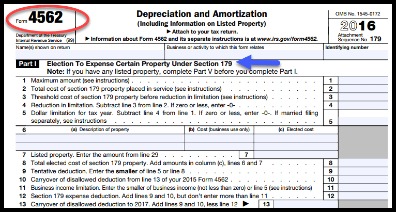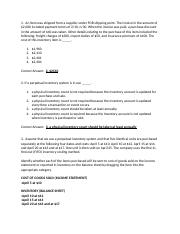
If that’s feasible for your business, the Internal Revenue Service (IRS) requires you to use this method. Fortunately, you don’t necessarily have to hire an accountant full-time for your manufacturing business at first. Outsourced accounting from a CPA firm is less expensive and what are assets may be enough to meet your needs. Getting expert tax and accounting advice is worthwhile for virtually every business.
Let’s explore the essential features that every excellent accounting software for manufacturing should include. A manufacturing business operates with complexities in the world of making things, from toys to tools. The manufacturing process needs careful accounting to keep everything running smoothly. Costs are assigned to inventory using either a standard costing, weighted-average cost, or cost layering methodology.
Job costing, also known as variable costing, is better if you manufacture to order or focus on a small amount of units. For example, this could include a custom-built machine or a small batch of products. Look at where the inefficiencies are in the production process and where the waste is coming from, adjusting the pricing if required.
Using the Cost Flow Equation to Analyze Fraud
If nothing else, it’ll help you analyze your financial statements and reports to improve the efficiency of your business. Running a manufacturing company while managing its books is a challenging prospect. Manufacturing involves a significant amount of cost accounting, which is a notoriously complex subject. In the world of making things, keeping an eye on how much everything costs is key. Just like a chef needs to know the price of ingredients, including the cost of raw materials, to make a delicious and profitable meal, manufacturing companies need to be smart about their spending.
Manufacturing Versus Merchandising Income Statements
Standard costing is useful if you are making similar products or large quantities of a specific product. As part of the manufacturing process, your business is likely to have items in production that have not yet been completed. In this guide we’ll walk you through the financial statements every small business owner should understand and explain the accounting formulas you should know.
Also known as the lower of cost or market rule, impairment testing involves ascertaining whether the amount at which inventory items are recorded is higher than their current market values. This law firm accounting: the ultimate guide task may be completed at relatively long intervals, such as at the end of each annual reporting period. These articles and related content is the property of The Sage Group plc or its contractors or its licensors (“Sage”). Please do not copy, reproduce, modify, distribute or disburse without express consent from Sage.These articles and related content is provided as a general guidance for informational purposes only.

Insight into variable and fixed costs helps manufacturers make decisions on production volumes, adjust to market trends, etc. Variable costs change depending on the number of units your manufacturing firm produces. A direct cost is an expense that you can easily trace to product manufacturing processes.
- In Chapter 2, we look at an alternative approach to recording manufacturing overhead called normal costing.
- Having these standards allows you to detect variances that can be analyzed, allowing trends to be spotted, and enabling you to make the right adjustments to pricing.
- By implementing sound strategies and prudent practices, you can optimize financial performance, enhance decision-making processes, and safeguard your business against potential risks.
- Maintaining accurate and organized records of all the transactions and costs involved in production can be incredibly laborious if you do it manually.
Cost accounting
This form of accounting in a manufacturing business primarily focuses on providing pointed information to the managerial staff to allow them to decide on core issues and matters regarding the manufacturing process and costs. Manufacturing accounting involves tracking the cost of goods sold, production costs, the efficiency of the manufacturing process, and the margin of profit. These details enable the production managers to attune production practices to ensure the business remains efficient in production and saves costs while maximizing returns from sales. It is therefore mostly an internal business management process aimed at better decision-making on budgeting, cost control, constraint and margin analysis, etc. The income statements of merchandising companies differ from those of manufacturing companies in several areas. Merchandising companies do not use a schedule of raw materials placed in production or a schedule of cost of goods manufactured, and they use a merchandise inventory account instead of a finished goods inventory account.
Variable and Fixed Costs
Other manufacturing account types may include administrative costs, marketing costs, and cost of goods sold (COGS). Job costing is advantageous for what the cost principle is and why you need to know it returning close-to-exact cost values per finished project or finished good. It is sometimes difficult to manage, however, as individual tracking and allocation of costs can be time-consuming.
The efficient flow of operations, from raw materials to finished products, is vital to meet customer demands and maintain a competitive edge in the industry. Inventory valuation is about keeping track of the cost of materials, work in process, and finished goods, an essential process in both discrete and process manufacturing. Techniques like First In, First Out (FIFO) or Last In, First Out (LIFO) help assess the value of inventory on hand and the cost of goods sold. An accurate inventory system prevents excess inventory and helps make informed decisions about production needs. Preparing a manufacturing account shows the cost of materials consumed, productive wages, direct and indirect expenses of production, and the cost of finished goods produced.
